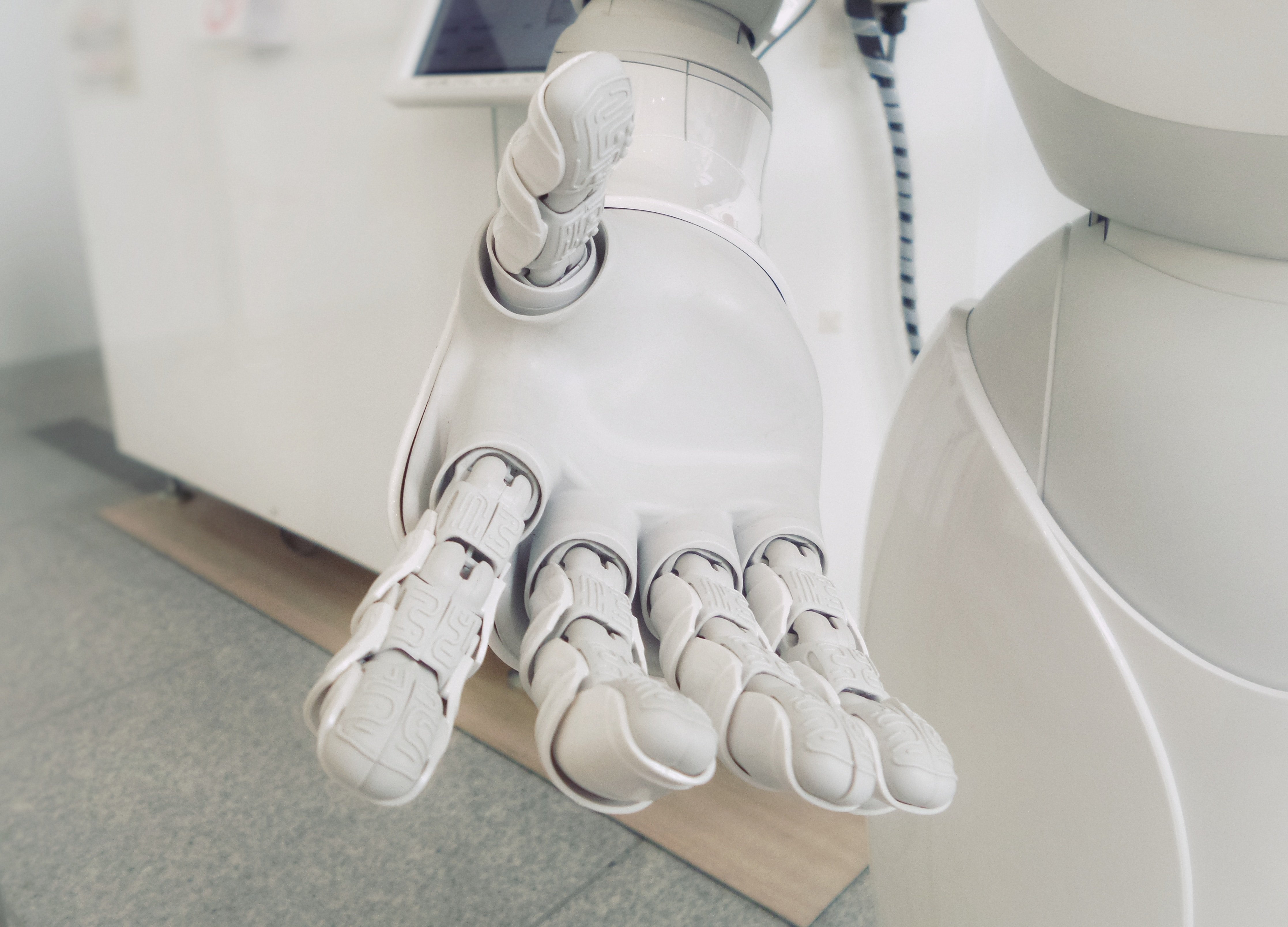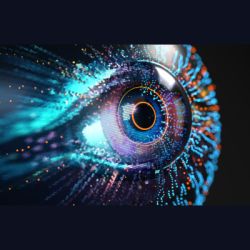
Change has been the only constant since the start of the Industrial Revolution. Thinking about how the world has evolved and transformed over time is fascinating. Key areas where technology can further this transformation are robotics and sedation. At first, robotics and sedation have nothing in common. However, technological advances, such as ultrasound-guided regional anaesthesia or continuous EKG monitoring, have transformed the practice of giving anaesthesia. Thus, robotics could have a similar outcome on sedation.
Modern anaesthesiologists and medical assistants should now not only complete Safe sedation training to master the gold standards but also implement robotic anaesthesia into their practice. Looking toward the future, can robot anaesthesia be a potential solution that can change sedation entirely?
Navigating Robotic Tools in Sedation Procedures
Robotic systems have been adopted in many medical fields, including surgery. Popular robots used in healthcare include the da Vinci system (DVS), first used in the early 2000s. Similarly, robotics can have an impact on sedation and anaesthesia. The following are the main types used in sedation practice:
Pharmacologic Robots
Typically, pharmacological robots are closed-loop systems that enable precise titration of anesthetic drugs to a patient. The Sedasys system was one of the examples. It was used to automate sedating patients before and during colonoscopy and upper endoscopy procedures. It monitored a patient's level of sedation and titrated sedation medication according to responses.
Mechanical Robots Performing Procedures
Modern robotics allow programmers to make robots more flexible and agile to perform increasingly sophisticated tasks. Mechanical robots are the type designed to give support or to mimic the manual gestures of anaesthesiologists. Sometimes, these robots are designed with snake-like arms or have tiny wristed tools connected to a robotic arm to carry out medical procedures. One potential use in sedation could be non-invasive mask-positive pressure ventilation supported by a computerised system. Real-world examples include the following:
- The Magellan system for robotic nerve blocks.
- The Kepler Intubation System for intubation.
- The DVS for ultrasound-guided nerve block and perineural catheter insertion.
- The Lucas chest compression system.
Decision Support Robots
In the near future, decision-support robots can determine crucial clinical scenarios requiring human intervention and step in when necessary. When such technology is combined with telemedicine, it can improve the detection and management of intraoperative blood pressure and other critical events during sedation. Through an automated control system, it can also effectively monitor patients with performance similar to an anesthesiologist. An example of this exists already, and it is known as McSleepy. It can analyse biological information, adapt its behaviour, and even recognise malfunction. The researchers developed the robotic system to administer general anaesthesia and monitor its effects without manual intervention.
The Future Landscape of Robotic Sedation
Robots can improve performance in healthcare, and soon, they will change the anaesthesia landscape. Over the years, sedative care has used several biological, medical, and pharmacological parameters to monitor, record, and analyse. The future focus will be primarily on closed-loop systems such as pharmacological robots. These will perform better and allow more standardised anaesthesia delivery. The loop will have the following elements:
- a central operating software;
- one or more target-control variables;
- one or more drug delivery systems, such as an infusion pump.
For example, the Hybrid Sedation System, or HSS, is one of these closed-loop sedation systems that integrates a decision support system. This approach combines a friendly interface and a complete monitoring suite that allows anesthesiologists to use the interface to input all patient data, control vital signs, and administer a bolus of propofol if needed. Such integrative systems can help healthcare providers perform at the highest standards, minimise errors, and provide optimal patient care.
Safety Concerns: Challenges of Robotic Sedation
Despite the promise of robotic sedation, there are some significant pitfalls:
- Replacing jobs. Some believe that closed-loop anaesthesia or robot sedation will replace healthcare workers who are responsible for giving anaesthesia. However, this is a misconception because even if this were to be one of the outcomes, it would be in the distant future when most jobs would be affected by robots and artificial intelligence. As robotics move forward in all fields, we can't stress enough the value of human clinical assessment. A robot can assist but can't replace.
- Human error and bias. Computer systems are often said to be only as good as those who make them. Thus, the robots and algorithms that might manage them must be based on valuable information only trained specialists can provide and datasets with limited bias that can be updated.
- Lack of integrative systems. Typically, systems today are limited by the bispectral index variability. Finding the best monitoring tool to observe changes in ventilation, fluid, or anaesthesia that influence each other is challenging. Robots need specific skills for sedation tasks to keep patients safe and get the best results. Checking a patient's past and current health before surgery is crucial to making a custom anaesthesia plan.
- Responsiveness to situations. Robots and technology work well when detecting or observing a situation. However, quickly finding and fixing medical problems during sedation or surgery is critical to dealing with surprises. Robots would have to be effective at interventions before they comprehensively handle anesthesia, respond to issues, and help patients move safely from sedation to after-surgery care.
Conclusion
The dawn of robotic anaesthesia is upon us, and the prevalence of robots in healthcare settings has markedly surged in recent years. But there's no need for anesthesiologists and other medical personnel to fret over being supplanted by machines such as Sedasys or McSleepy. It will likely be some time before robots can fully administer sedation. Yet, three critical varieties of sedation robots are already in use, affecting the landscape. Medical robots permit exact measures of anesthetic medicine for patients, and robotic versions of manual anesthesiologist gestures also exist. Computerised decision support can intervene in critical medical situations, ensuring high-quality standards. Combining robotics with sedation treatments has the added benefit of alleviating problems like fatigue, burnout, and human error. Both technology experts and healthcare providers must collaborate to integrate robotic sedation into daily practices and existing anaesthesia systems, but that can only happen through careful planning.
This article is part of the HealthManagement.org Point-of-View Programme.






















